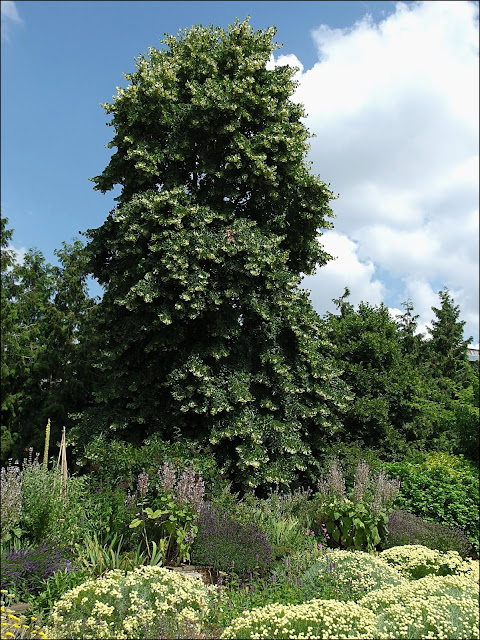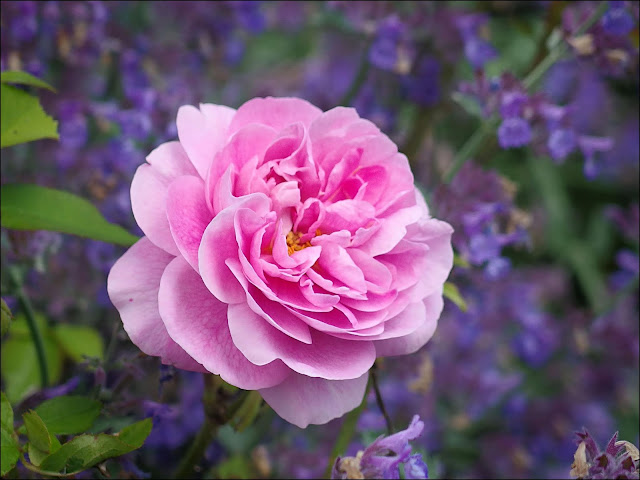I was visiting the RSPB's bird reserve at Sandy in Bedfordshire, though there were precious few birds to be seen; many species hiding away while they moult and grow a new set of feathers.
Strictly speaking Buddleia is an invasive species in the UK though one that many nature reserves tolerate, if not encourage, as it attracts some of our most colourful butterflies. It also often occurs in places where nature is thin on the ground, like abandoned industrial sites and alongside railways, so it's generally a welcome invader.
The beautiful Peacock butterfly was present in large numbers on Monday, taking full advantage of a bright sunny day.
A few Red Admirals also paid a visit to the bush, which incidentally is named in honour of the Rev Adam Buddle, a seventeenth century vicar and naturalist. Though he was actually an expert on liverworts and mosses and never set eyes on the plant that bears his name, as it wasn't imported into Britain till 15 years after his death.
Most years only a few Painted Lady butterflies reach these shores but 2019 seems to be one of those exceptional years when they are frequently seen.
Sometimes butterflies don't play the game and close their wings on landing. Many of the group of butterflies known as "blues" have this sort of pattern on the underwing - there are slight differences which experts can recognise but the rest of us have to wait till the butterfly is good and ready to reveal itself....
There you are it's a Brown Argus! And contrary to all the rules of common-sense this brown butterfly is a "blue" too. But I'll leave you with a simple shot of a bracken shadow on a fallen birch trunk.
Take care.


























































